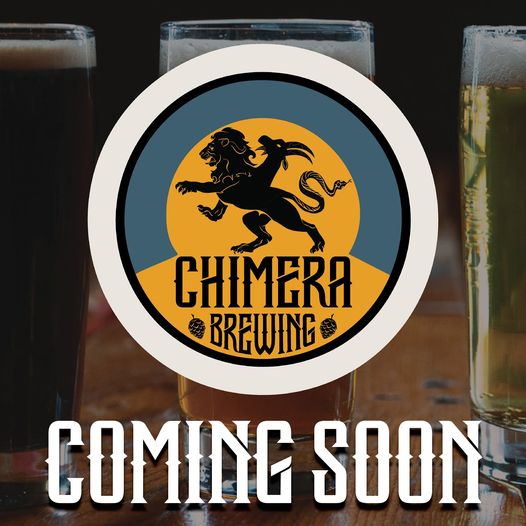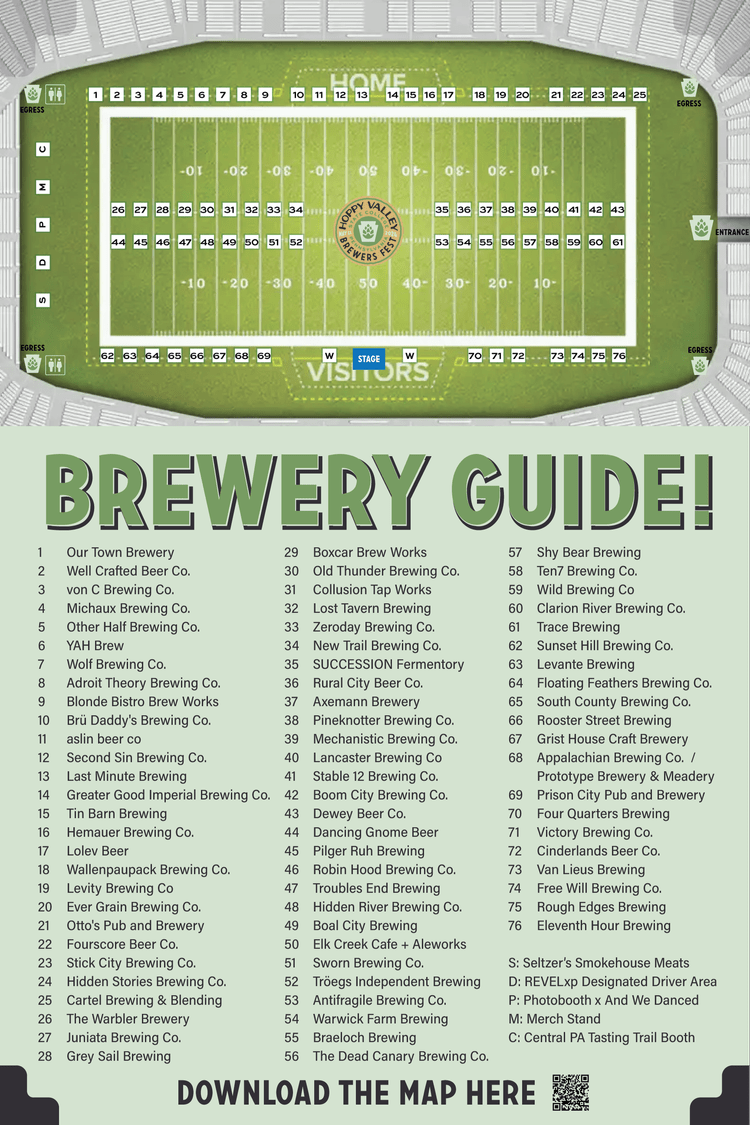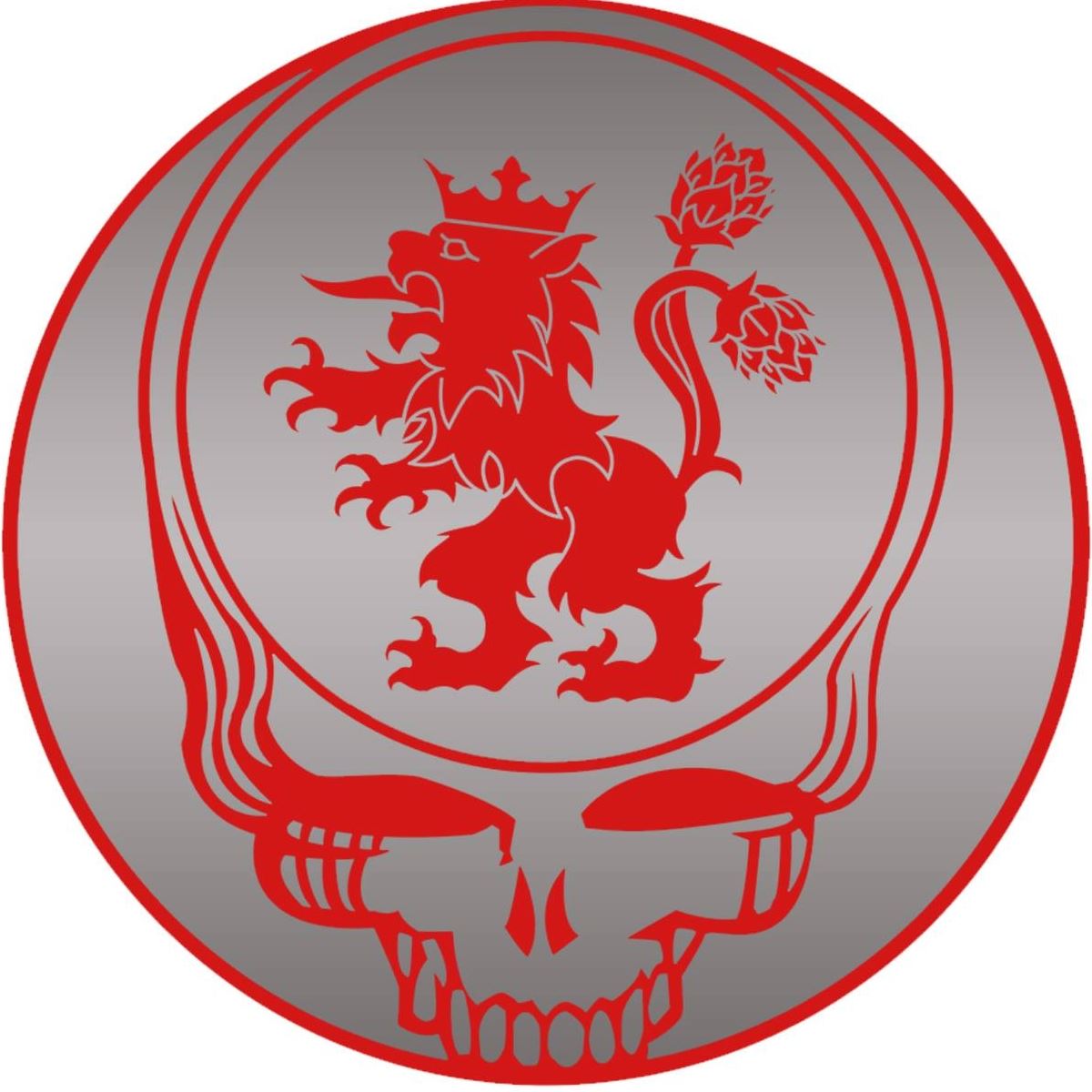Beer Education: Module Four: Hops and Spices
Finally we’re up to the module all you hop-heads were looking forward to. Module Four: Hops and Spices! I imagine most of you will be caring about the hops of it; not the spices, but both are intricate to brewing (as you will see with this module). So let’s continue our journey and adventure through the Science of Beer Brewing!
Module four starts off, just like the others, with an introduction video. The intro video is by Stijn and is only 1:31. The second page is a 4 minute video introducing hops. As most know, hops are used to bitter, add flavor, and to help stabilize beers. It was also quickly realized in the 11th century that hops also help add to the shelf-life of beer. So between this and the taxation of gruit in Germany, there was a lot more reason and emphasis for brewers to go from using gruit to using hops in brewing. In 1516 the purity laws in Germany reduced the usage of herbs and spices even more.
Hops scientific name is humulus lupulis. (The lupulis or lupulin is the power inside the hop cones.) Hops are primarily cultivated for brewing and beer production (but can also be used for tea, sleep aides, and soap). 75% of hop production and growth takes place in Germany and the United States (primarily in the Yakima Valley).
Only the female plants are used for beer brewing, as they grow the flowers and the cones. Its these cones that have the lupulin (resin) that contains the molecules of interest for brewing. For this reason male hop plants are not grown with the female to prevent pollination. (To learn more about hop growing, I will be posting an article shortly about my own hop growing from my own growing hops this spring. At my house I have Cascade, Centennial, Nugget, and Saaz, and looking at possibly getting more.)
After clicking NEXT, we come to a text page about the role of hops and hop compounds. Characteristics of beer that are altered by hops include: beer bitterness, beer flavor, mouthfeel, foam stability and lacing, improved shelf life, antibacterial properties of the hops, protein precipitation during wort clarification, and phenolic antioxidants.
There are four major hop molecule classes:
* alpha acids – hop bitter acids
* beta acids – not as important due to most being lost during the brewing process
* essential oils – important contributors to the beer’s flavor, bitterness, and aroma
* polyphenols – important for the beer stabilization (haze, foam, lacing)
The page continues with a large chart of the various compounds and their weight (when the hops are still wet). This is followed by a second chart showing what hop compounds are retained in beer (after the brewing process). There is an important note to remember; that beers with dry-hopping (particularly IPAs) the aroma is going to be higher and greater due to the dry-hopping.
Our next page is another text page – hop types and varieties. “The Latin name of the hop plant is Humulus lupus L., belonging to the plant family Cannabaceae (this plant family, for example, also contains the Cannabis plant species!). There are many different hop varieties and around 100 of these are commercially cultivated. New varieties are constantly being bred in order to obtain better growing and resistant plants and hop cones with superior qualities.” (EdX – The Science of Beer Brewing.) Hops are somewhat similar to most seed plants as far as naming, with the heirloom, for example, older hop varieties have a double naming pattern. The first name refers to the origin of the variety and the second name refers to the actual (modern / current) variety. So – example – Hallertau Magnum would be: Hallertau as the geographic origin, and the Magnum refers to the variety of the hop. Some heirloom fruit and vegetable seeds do this as well, or do something similar but naming its pedigree rather than geographic origin. Some more modern and newer hops, have just one name, like Cascade hops, which name comes from the Cascade mountains of Oregon.
The three different classes for hops are: bittering hops, aroma hops (including noble hops), and dual-purpose hops (which; just as the name implies – they contribute to both bittering and aroma). About 60% of hop production is aroma hops, primarily for IPAs and due to IPAs growth in the craft beer sphere.
Before moving on, at the bottom of this page is pull-down tabs for each of the classes, with information and some examples of hops of each type. The next page is a discussion page talking about home brewing and what hops you have used, I posted the following:
I grow my own hops, and love using the types I grow – Cascade, Chinook, Centennial, Nugget, and Saaz. I like making a wet-cone and dry hop IPA at harvest time using the Cascade and Centennial, as well as Chinook. I’ve also done a clone of Troegs’ Nugget Nectar as well.
I have pictures of my hops on my blog and the blog’s Facebook page.
https://thebeerthrillers.home.blog/
The following page is a three-question (true or false) quiz.
Moving on, we come to the alpha acids. And we’re starting to get into some ‘real science’ here. This page has the molecule diagrams, and discusses what acids and molecules are in the alpha acids and in the hops.
The five alpha acid molecules found in hop resin are cohumulone, humulone, adhumulone, prehumulone and posthumulone. These molecules differ only slightly from each other in their molecular structures depending on the side chain at the C2 position (see table). The most important alpha acids are cohumulone and humulone. Their content can be up to 50% of the total alpha acid fraction. Adhumulone is the third most important alpha acid representing around 10-15% of alpha acids across different varieties. Each of these molecules results in a different type or quality of bitterness. Cohumulone is for example believed to contribute to a rough and harsh bitterness. Therefore, the cohumulone content of bitter hops can be high, while a high fraction is not desired for aroma hops.
Alpha acids are commonly present in the range of 2 up to 20% (w/w) of the hop cone content. Importantly, these alpha acids themselves are not causing bitterness, they are the precursors. Only during boiling, the alpha acids are converted into iso-alpha acids (isomers of the respective alpha acids) via a thermal isomerization reaction (acyloin-type ring contraction). These iso-alpha acids are the principal source of bitterness in beer. In addition, iso-alpha acids are more soluble in water compared to the alpha acid precursors.
EdX: The Science of Beer Brewing – Alpa Acids
As you might have guessed, the next page is about the beta acids, and is similar, showing the chemical chains and discussing their molecular makeups. Both of these pages are fascinating with their diagrams of the chemical structures and the nuance knowledge it provides about these alpha and beta acids in hops.
The next page is ‘intermezzo on determining beer bitterness’ and is a text page. This page discusses determining beer bitterness and figuring out a beer’s IBU. An important note at the end of the page: “Importantly, IBU values do not necessarily match the bitterness as it is actually perceived when drinking the beer. Perceived bitterness can be influenced by for example, alcohol level, residual sugars and the use of roasted malts. ” (EDX – Science of Beer Brewing.)
Our next page is about essential oils – and no, its not that crap your wife’s friend Karen keeps trying to sell her; this is about hops essential oils. This is a very long page, with a large chart, followed by pull tabs of lots of information. This is followed up by a page on polyphenols. After this is a tough quiz, so you better have studied.
We next have an expert clip from Professor Thomas Shellhammer about dry hopping. After his informative 8 minute video is a 3 minute video by Stijn about hopping techniques. There is then a few pull tabs of information, and another video by Stijn – summary.
The next page is all about hop products. It discusses hop pellets, hop extracts, pre-isomerised hop products, reduced pre-isomerised hop products, and hop aroma products. The next page is another quiz.
The following page is a verified track learner page about ‘favorite hops’ and ‘popular hops’. After that is a discussion page on spices before we get into the spices segment of this module.
Spices have been used since beer was first brewed, but really used in medieval times. They were used for preserving the beer a bit longer, aroma, flavor, and to mask off-flavors. Some popular spices were: juniper, anise seeds, caraway and coriander seeds. Gruit was especially popular during this time (pre-hops). Some spices that would have been a part of gruit was: yarrow root, juniper berries, ginger, sage and rosemary. We still commonly use spices in Belgian beers, particularly witbiers, these spices are: coriander seeds, cinnamon, nutmeg, and orange peel. Regional and seasonal beers will often use seasonal spices and flavors (like yam / pumpkin beers and winter warmers).
There is a lengthy chart at the bottom of this page, detailing what spices can be used (or at least what are commonly used), how they are used, what part is used, the flavor they impart, beer examples, and some bonus comments.
Clicking NEXT we come to a page with the aroma compounds of spices. This page lists their chemical structures, aroma compounds, and where these compounds are found. After this, we have a 3 minute expert clip from Dr. Gert De Rouck about spices. This is followed by a 4 minute video for the ‘Do It Yourself’ experiment for this module.
Following the video is a discussion about the experiment; I wrote:
I took a pretty non-descript pale ale brewed by a friend homebrewer that didn’t have much more than just a “Mr Beer” flavor kit to it, so it was relatively bland (but fine and acceptable beer). I experimented using coca nibs and vanilla to try and give it a bit of a cookies and cream flavor to it (or at least a punch in that direction).
I was amazed at how it did certainly pick up those flavors. Though I don’t think taste-wise it turned out necessarily the best, but it did definitely pick up the flavors of the nibs and vanilla.
After this is a verified track learner page (spiced beers). Followed by a “quick knowledge check”. After the quiz is a page about what materials to collect for Module Five. Following this is the typical ‘overview and check’ page at the end of each module. Then there is an assessment page for verified track learners. After that is the feedback and questions page that ends each module. Once you click NEXT you will be brought to the “congratulations you finished Module Four”. Clicking NEXT again will bring you to the intro page for Module Five.
So follow with me next time when we move onto the next important ingredient in brewing: YEAST.
Cheers everyone!
-B. Kline
The Beer Education Series:
** EdX: The Science of Beer Brewing
* Beer Education: Series
* Beer Education: Syllabus
* Beer Education: Introduction
* Beer Education: Module One: The History of Beer Brewing
* Beer Education: Module Two: Barley and Malting
* Beer Education: Module Three: Water
* Beer Education: Module Four: Hops and Spices
* Beer Education: Module Five: Yeast
* Beer Education: Module Six: The Steps of the Brewing Process
* Beer Education: Module Seven: Fermentation and Maturation
* Beer Education: Module Eight: Filtration and Packaging
* Beer Education: Module Nine: Beer Quality and Stability
* Beer Education: Module Ten: Beer Assessment and Tasting
* Beer Education: Series Overview




